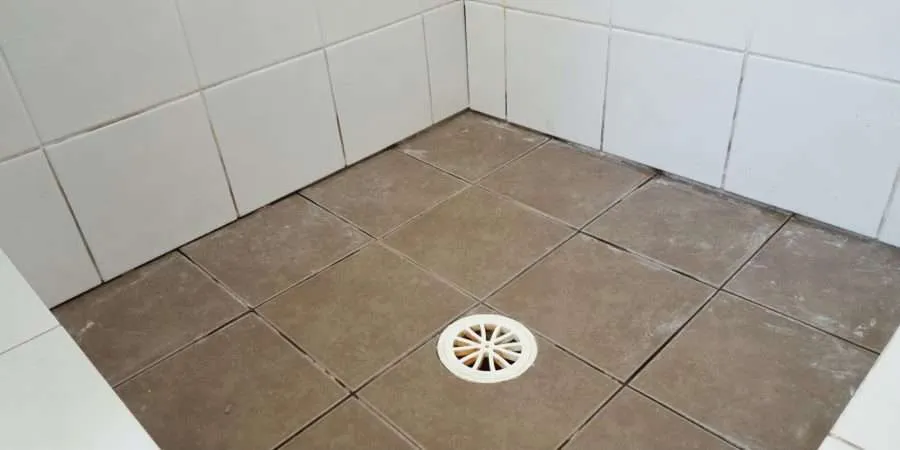Are you searching for help and advice concerning How to Fix a Water Damage Bathroom?

The shower room is exceptionally susceptible for wet build-up and also possible water damages because of the regular use water in it. This write-up uses basic assessment methods to aid spotting water damages threats.
The frequent use of water in the bathroom makes it incredibly prone for wet accumulation and prospective water damages. By evaluating it frequently, you can lower water associated problems.
The adhering to collection of inspections is simple to do and also ought to be done when in every 3 months in order to maintain your washroom healthy and also to stop possible water problems caused by the bathtub, the shower, pipe joints as well as plumbing, sinks, cabinets, and the bathroom
Do not disregard executing these inspections and be extensive while executing them. Remember that these simple evaluations can save you a great deal of cash by supplying very early indicators for water damages
Sinks as well as Cabinets
Sinks as well as cupboards are subjected to wetness and humidity daily and are often overlooked. Inspect routinely under the sink and on the countertop over it. Fix any kind of drip in the catch as it may suggest drain problems. Browse the sink, sluggish draining pipes may suggest a blocked drain. Change sink seals if they are fractured or loosened.
Tub as well as Shower
The shower and bathtub call for unique interest and maintenance. Examine the tiles and change if split. Ensure that there is no missing cement in between the ceramic tiles. Examine and also change split caulking at joints where the walls fulfill the flooring or the tub. Clogged drains pipes and also pipelines issues will protect against the tub from drying and also might indicate serious troubles below the bathtub. Seek advice from an expert instantly to stop architectural damage. Take notice of discolorations or soft areas around the bath tub walls as they might suggest an internal leakage.
Plumbing
Signs for water damage are hard to find because the majority of pipelines are installed inside the wall surfaces.
Pay special focus to flooring and also walls dampness as well as stains as they might indicate an unseen plumbing problem. Examine moisture degrees in adjoining areas as well.
The Commode
The toilet is an at risk water joint. Check the water lines as well as search for leaks around the commode seat, in the hose pipe, and also under the water storage tank. If you identify any type of indicators of moisture on the flooring around the toilet, look for leakages in the toilet rim and also tank seals.
Know that hanging commode bowl antiperspirants increases the possibilities for clogs.
Water Damage Signs In The Bathroom To Avoid Cleanup
Musty smell
This is one of the easiest signs to catch because musty smells are so odorous. The damp, earthy, moldy smell should be a big red flag. The smell will develop when moisture gets trapped in surfaces, and begins to facilitate mold growth. Leaking pipes under cabinets, inside walls, and behind shower fixtures will cause moisture to stay trapped and not dry, which will lead to mold growth and spread. As soon as you notice any musty smells in your bathroom, have it checked for hidden water damage and cleanup signs.
Visible mold
If the smell isn’t there to give it away, sometimes you will actually see mold growth. Finding mold in your bathroom is a serious problem, because mold is very harmful to your health. By the time mold growth is visible, it also means that water damage has already occurred and been present for some time. The only way the mold problem can be resolved is to find the source of the moisture and get it stopped. To safely and adequately remove mold, you need to have professionals handle the remediation. Do not waste any time in getting mold problems addressed, fixed, and sanitized so that you can protect you and your family from the many respiratory symptoms caused by mold exposure.
Damaged floors
Bathroom floors should be able to withstand some exposure to water while still remaining in good condition. However, when excess exposure or water leaks occur, they will begin to damage even the most water-resistant flooring. If you notice any cracking, bubbling, staining, or warping on your bathroom floors, there is probably a water leak somewhere causing the distortion. If you notice areas of the floor have become softer, or even have a spongy feeling, there is probably damage to the subfloor. Subflooring is typically made up of plywood. When plywood is exposed to water or moisture, it will absorb it. Once it has become saturated, the weight of the excess water will cause the wood to swell and soften. Check the floors in your bathroom frequently to catch any of these sings before they lead to damaged subflooring.
Changes on walls
When water leaks behind walls, it will cause changes in the drywall. Peeling plaster, blistering paint, and soggy wallpaper are all good indicators that excess water is building up behind the wall. Water leaking behind drywall will cause it to swell and be soft to the tough. If you start to notice gaps along the trim of your walls, or where tile meets the wall, it could also be a strong indicator that there is a leak behind the wall. Any changes, distortion, or damage on the walls should be evaluated as soon as you notice it to prevent further water damage and cleanup.

Do you appreciate more info about How to Repair and Prevent Bathroom Water Damage? Create feedback down the page. We would be interested to hear your views about this review. We are looking forward that you come back again later on. Sharing is caring. Who knows, you may very well be doing someone a favor. Thank you for your time. Please check our blog back soon.
More Details